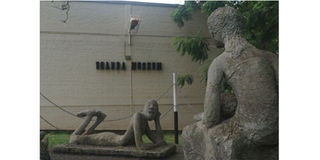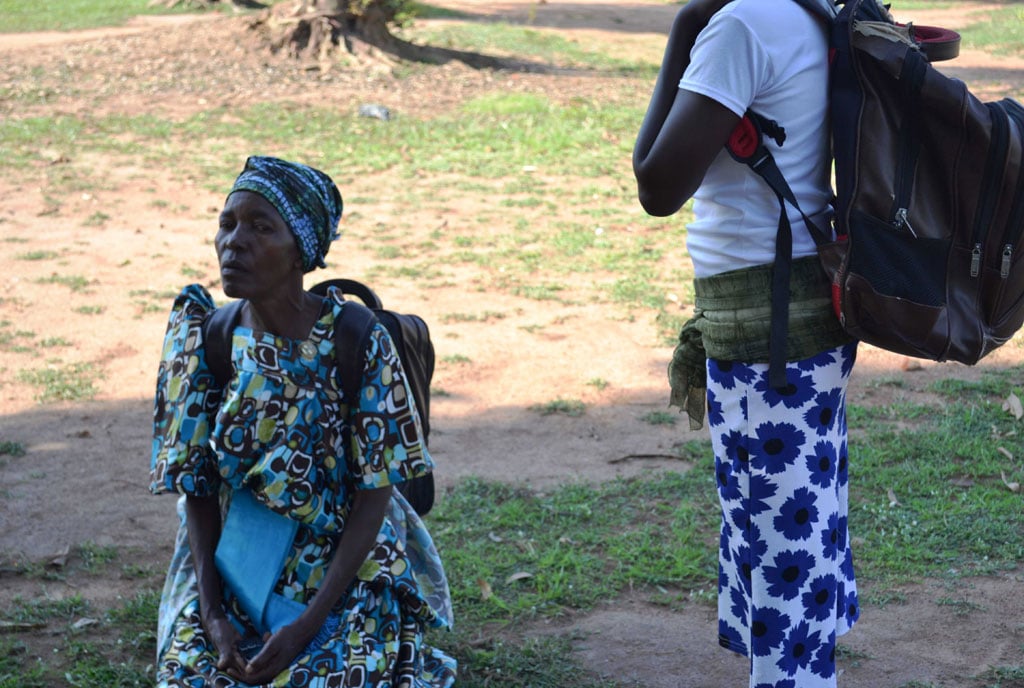Prime
Uganda Museum: History in one place

One of the inviting sculptures outside the Uganda Museum. PHOTO | ANDREW KAGGWA
Uganda Museum. One place that has kept Uganda’s basic history in form of drawings, carving and writing on cloth, artefacts, music, people and other things that have defined the country over the years.
The first time most of us visited the museum was during primary school days, then we were taken around in parts; once they got you mesmerised by the section that had birds and snakes, you would call it a day. I got lucky to grow up in the vicinity of the museum. Access was less than Shs1,000 for children and yet on other days, we were the children that ran through the entrance without paying.
Childhood memories
Growing up in Kamwokya and the vicinity, the museum was that place you visited to hang with the cool children but on ordinary, days the place to be was Mulago Hospital, not that it had recreational facilities. We had turned the lifts into some sort of amusement park.
From the first floor to the last one and back. We would then wander the empty streets of Kira Road on our way back.
Today, it is hard to know if the museum still gets visits from children wandering from the slums of Mulago and Kamwokya but what is clear is as a place, it could be more famous than it was then.
All kinds of indoor events such as the Kampala International Theatre Festival, Writivism, Kampala Amakula, and Blankets and Wine, have positioned themselves as venue organisers look out for.
Yet the museum has more to offer. For many, there may not be a need to visit a place you may have toured in primary school and they could be partly right, but bringing children to the museum and they get into that first hand history class guided by parents is breath-taking.
Artefacts
Over the years the museum has built a collection that details Uganda and humanity. Interesting about these collections, is a fact that they all find a Ugandan connection and they tone it down to such legends such as Kibuuka Omumbale, Buganda’s god of war or Nakayima who is said to be residing somewhere in a tree deep in Mubende.
Since many of Uganda’s stories have been passed on orally at the fireplace, most domestic visitors at the museum barely need a guide.
Teachers and parents do the job. Sometimes I have ended up doing the job, especially when I meet stranded expatriates.
“What is interesting about some of the artefacts is the fact that people have done research about them,” says one of the workers, adding that almost every day, they too get new information about their collection, mostly from visitors.
New attractions
The museum has tried to attract different types of revellers. For instance, the history in the sport section has been updated to add winners such as Dorcus Inzikuru, Moses Kipsiro and Stephen Kiprotich.
In a similar manner, artiste Eddy Kenzo brought a new feel when he donated some of his international awards, including a BET and Afrima to be displayed.
There are also plans to recognise people that have contributed to art and culture, though management says they are still in the process of documenting them.
The most exciting addition yet to be opened to the public is the transport section- a collection of cars that were driven by Uganda’s past presidents.
“One of the cars was driven by Muteesa II, the first president and later, Milton Obote,” says Rose Mwanja Nkaale, the commissioner, museums and monuments.
She says most of them were given to the institution by State House and they are slowly working towards getting them ready for the public.
“We want to get the gallery ready before giving access to the public,” she says, adding, that some of the cars have faced the hardest of times over the years and thus would want them in better conditions before allowing the public near them.




